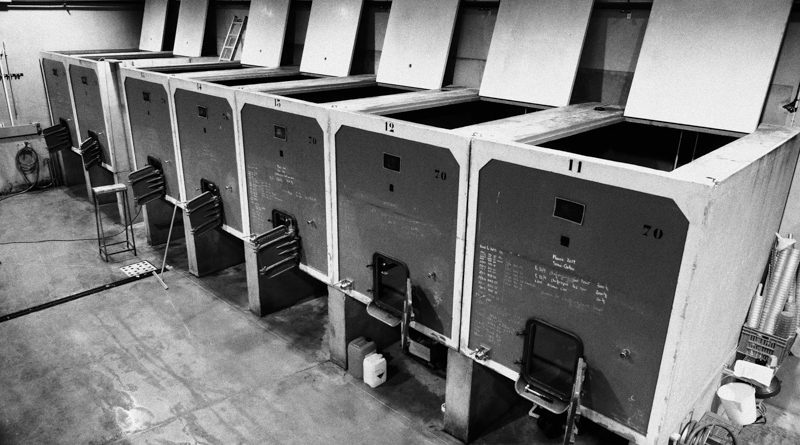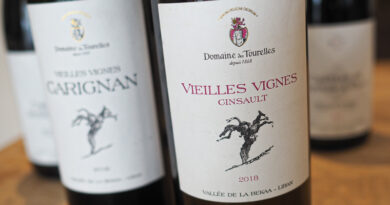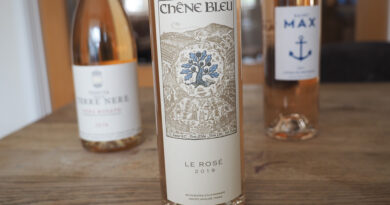Dogme 95 and the parallel with natural wine
Some time ago I wrote about the idea of limiting creative options, and how this can sometimes be a way to actually encourage creativity.
Yesterday I watched a film that was stemmed from an influential 1990s movement called Dogme 95. The film was Festen, regarded to be one of the most important films of this genre. Dogme is all about limiting the director’s options, and there are amazing parallels here with Natural Wine.
The architects of Dogme were Danish directors rectors Lars von Trier and Thomas Vinterberg (who directed Festen), and while the movement only lasted a decade, it had significant influence.
Here’s a short film where the Von Trier describes the idea of Dogme in his own words:
‘If you have some limitations when you work, then you are forced to use your imagination,’ says von Trier. ‘These rules could be any rules, but the whole idea is that there are the rules.’
Von Trier and Vinterberg proposed 10 rules, such as shooting only on location, no bringing in props and sets, hand-held cameras only, no special lighting, and no temporal and geographic alienation. ‘The idea was, these are the rules, let’s work from them,’ says von Trier. ‘The rules are designed for me to give away control.’
So here we have, sort of, a film equivalent of natural wine. In Dogme, the goal is to reveal the skill of the actors, and the strength of the writing, through restricting options. For natural wine, it’s all about avoiding make-up and trickery, in order to show the place better in the wine. It’s about doing less to result in something more authentic.
In both cases, there is something that needs to be revealed. In Dogme, the script and the acting. In natural wine, the place. Restricted creativity seems to be a way to achieve this. Give away control, and then the focus can be more purely on the art. Limit your winemaking options, then you can focus more carefully on producing an intelligent expression of place.




